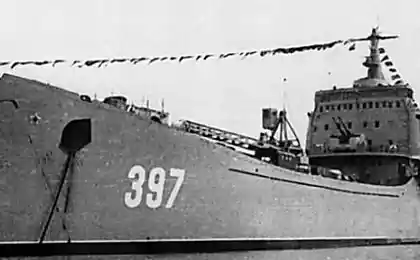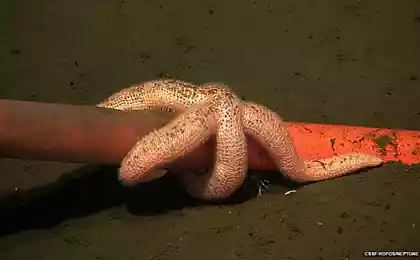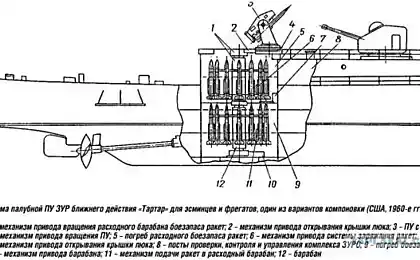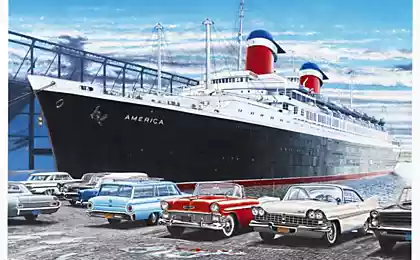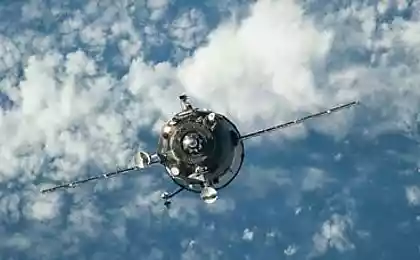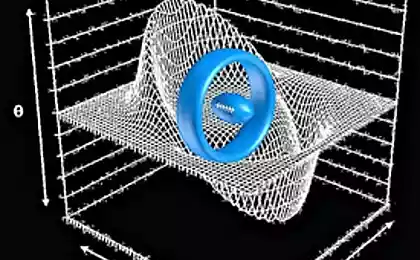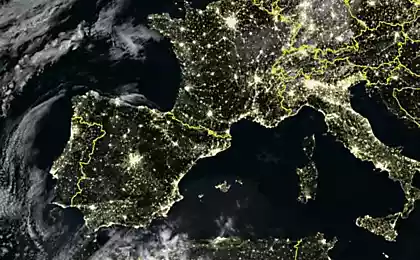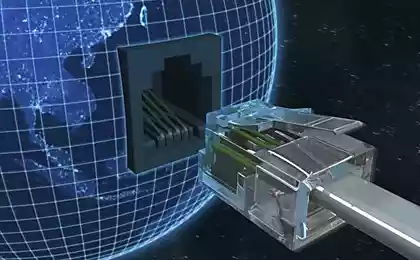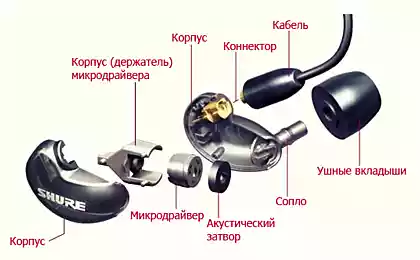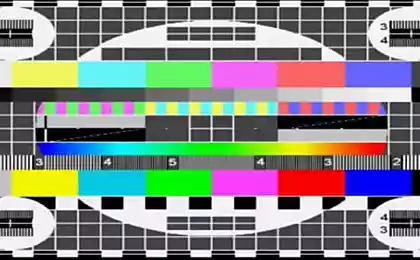1453
As it has been established worldwide network - the Internet
Interesting facts about how to communicate the continents of our planet,
as the cable is laid on the ocean floor, and, most importantly, it was created as a global network - the Internet.
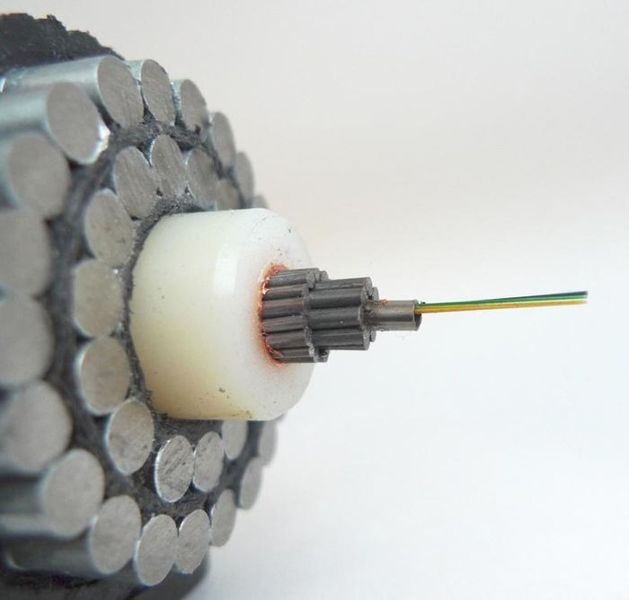
1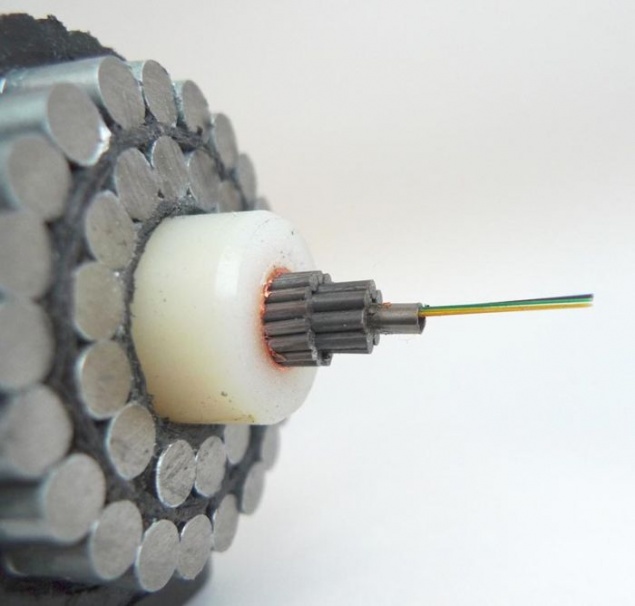
What you see above is a submarine communications cable.
He diameter 69 mm, and that it carries 99% of all international traffic communications (ie, Internet, telephone and other data). He connects all the continents of the world except Antarctica. These amazing fiber-optic cables cross the oceans, and they are hundreds of thousands of long, so to speak, millions of kilometers.
World Map submarine cable network

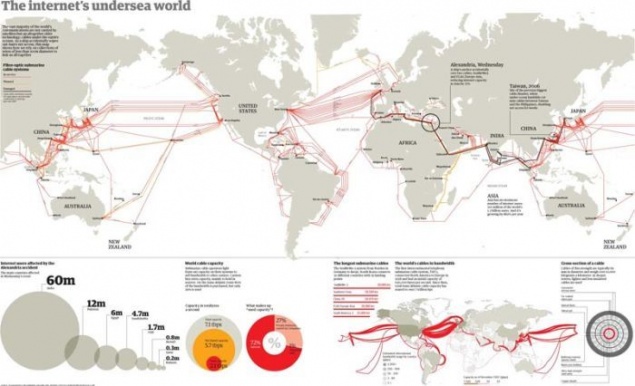
This «CS Cable Innovator», it's specially designed for the installation of fiber optic cable and is the largest ship of its kind in the world. It was built in 1995 in Finland, it is 145 meters long and 24 meters wide it is. It is capable of carrying up to 8,500 tonnes of fiber-optic cable. The ship has 80 cabins, of which 42 - Officers cabins, 36 - two crew cabins and luxury cabins. Without maintenance and refueling it can work 42 days, and if it will be accompanied by support ship, all 60.
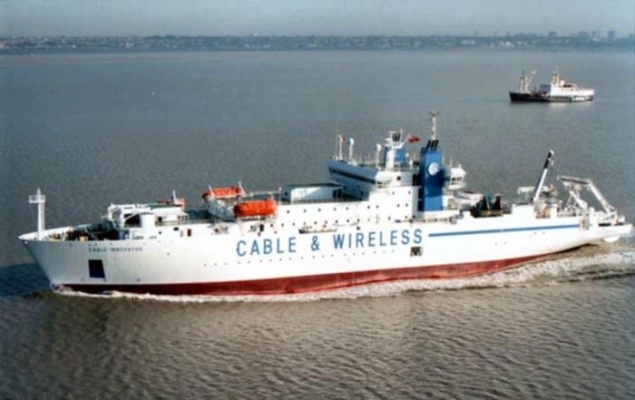

Originally, submarine cables were simple compounds such as point-to-point. Now the submarine cables have become more complicated and they can share and branch directly on the ocean floor.

Since 2012, the provider has successfully demonstrated the underwater data transmission channel with a capacity of 100 Gb / s. It reaches out across the Atlantic Ocean, and its length is 6000 kilometers. Imagine three years ago meatlanticheskogo bandwidth link was 2, and less than 5 times was 40 Gbit / s. Now ships like «CS Cable Innovator» constantly work in order to provide us with all the rapid intercontinental Internet.
Cross-section of a submarine cable connection
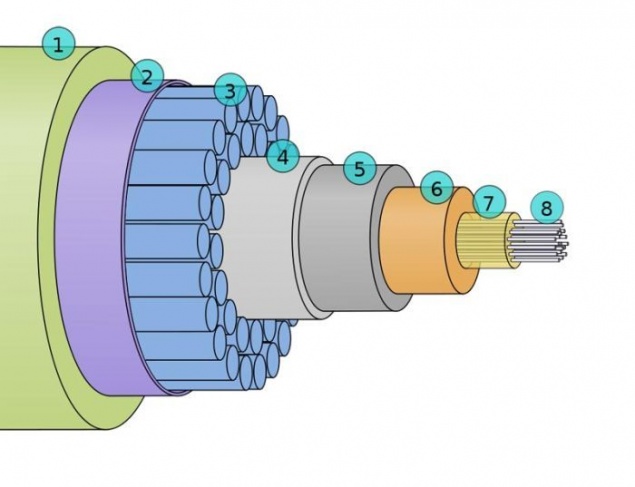
1. Polyethylene
2. Mylar cover
3. Stranded steel wires
4. Aluminum protection against water
5. Polycarbonate
6. Copper or aluminum tube
7. Vaseline
8. Optical fibers
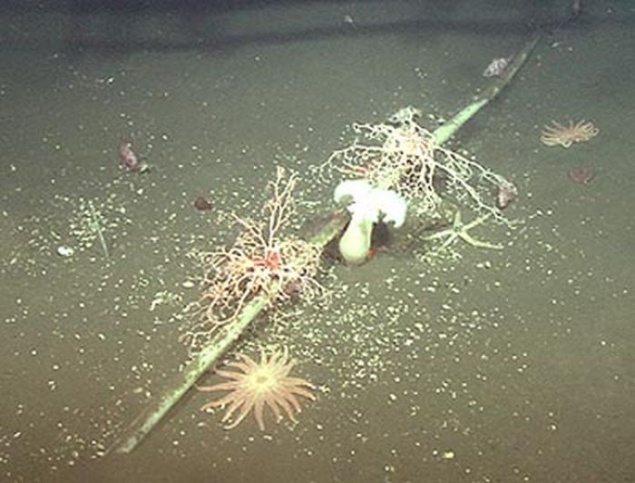
That's how it looks on the bottom. What are the environmental implications of laying telecommunications cables on the seabed? How does this affect the bottom of the ocean and the animals that live there? While literally millions of kilometers of communication cables were placed on the bottom of the sea during the last century, it had no impact on life underwater inhabitants. According to recent research, the cable has only a minor impact on the animals living on and within the seafloor. In the picture above we can see a variety of marine life near the submarine cable that crosses the continental shelf of Half Moon Bay. Then the cable is only 3, 2 cm. Thick.
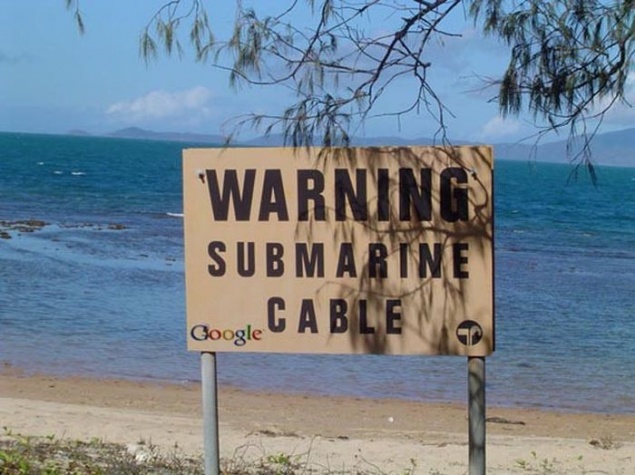
Many feared that the cable TV channels will load, but in fact it increased the load by only 1 percent. Moreover, cable television, which can go on underwater fiber now has a capacity of 1 Terabit, while satellites provide 100 times smaller. And if you want to buy a transatlantic cable, it will cost 200-500 million dollars.
Source: vk.com
as the cable is laid on the ocean floor, and, most importantly, it was created as a global network - the Internet.

1

What you see above is a submarine communications cable.
He diameter 69 mm, and that it carries 99% of all international traffic communications (ie, Internet, telephone and other data). He connects all the continents of the world except Antarctica. These amazing fiber-optic cables cross the oceans, and they are hundreds of thousands of long, so to speak, millions of kilometers.
World Map submarine cable network


This «CS Cable Innovator», it's specially designed for the installation of fiber optic cable and is the largest ship of its kind in the world. It was built in 1995 in Finland, it is 145 meters long and 24 meters wide it is. It is capable of carrying up to 8,500 tonnes of fiber-optic cable. The ship has 80 cabins, of which 42 - Officers cabins, 36 - two crew cabins and luxury cabins. Without maintenance and refueling it can work 42 days, and if it will be accompanied by support ship, all 60.


Originally, submarine cables were simple compounds such as point-to-point. Now the submarine cables have become more complicated and they can share and branch directly on the ocean floor.

Since 2012, the provider has successfully demonstrated the underwater data transmission channel with a capacity of 100 Gb / s. It reaches out across the Atlantic Ocean, and its length is 6000 kilometers. Imagine three years ago meatlanticheskogo bandwidth link was 2, and less than 5 times was 40 Gbit / s. Now ships like «CS Cable Innovator» constantly work in order to provide us with all the rapid intercontinental Internet.
Cross-section of a submarine cable connection

1. Polyethylene
2. Mylar cover
3. Stranded steel wires
4. Aluminum protection against water
5. Polycarbonate
6. Copper or aluminum tube
7. Vaseline
8. Optical fibers

That's how it looks on the bottom. What are the environmental implications of laying telecommunications cables on the seabed? How does this affect the bottom of the ocean and the animals that live there? While literally millions of kilometers of communication cables were placed on the bottom of the sea during the last century, it had no impact on life underwater inhabitants. According to recent research, the cable has only a minor impact on the animals living on and within the seafloor. In the picture above we can see a variety of marine life near the submarine cable that crosses the continental shelf of Half Moon Bay. Then the cable is only 3, 2 cm. Thick.

Many feared that the cable TV channels will load, but in fact it increased the load by only 1 percent. Moreover, cable television, which can go on underwater fiber now has a capacity of 1 Terabit, while satellites provide 100 times smaller. And if you want to buy a transatlantic cable, it will cost 200-500 million dollars.
Source: vk.com
